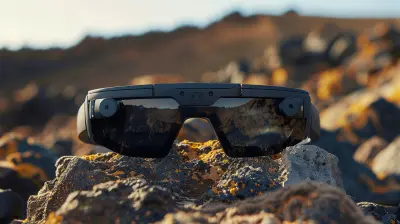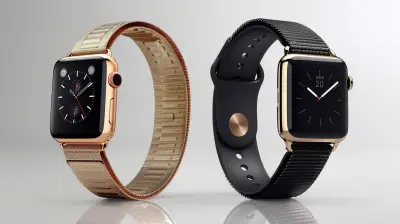How IoT Devices are Enabling Smarter Agriculture
13 October 2025
Agriculture has come a long way from its traditional roots. Gone are the days when farmers solely relied on instincts and experience to predict weather conditions, control irrigation, or protect crops from pests. Thanks to the Internet of Things (IoT), farming is now undergoing a radical transformation.
IoT devices are helping farmers make better decisions, automate tasks, and improve overall efficiency. From smart sensors to autonomous tractors, technology is playing a crucial role in making agriculture smarter, more sustainable, and highly productive. But how exactly does IoT fit into modern farming? Let’s break it down.
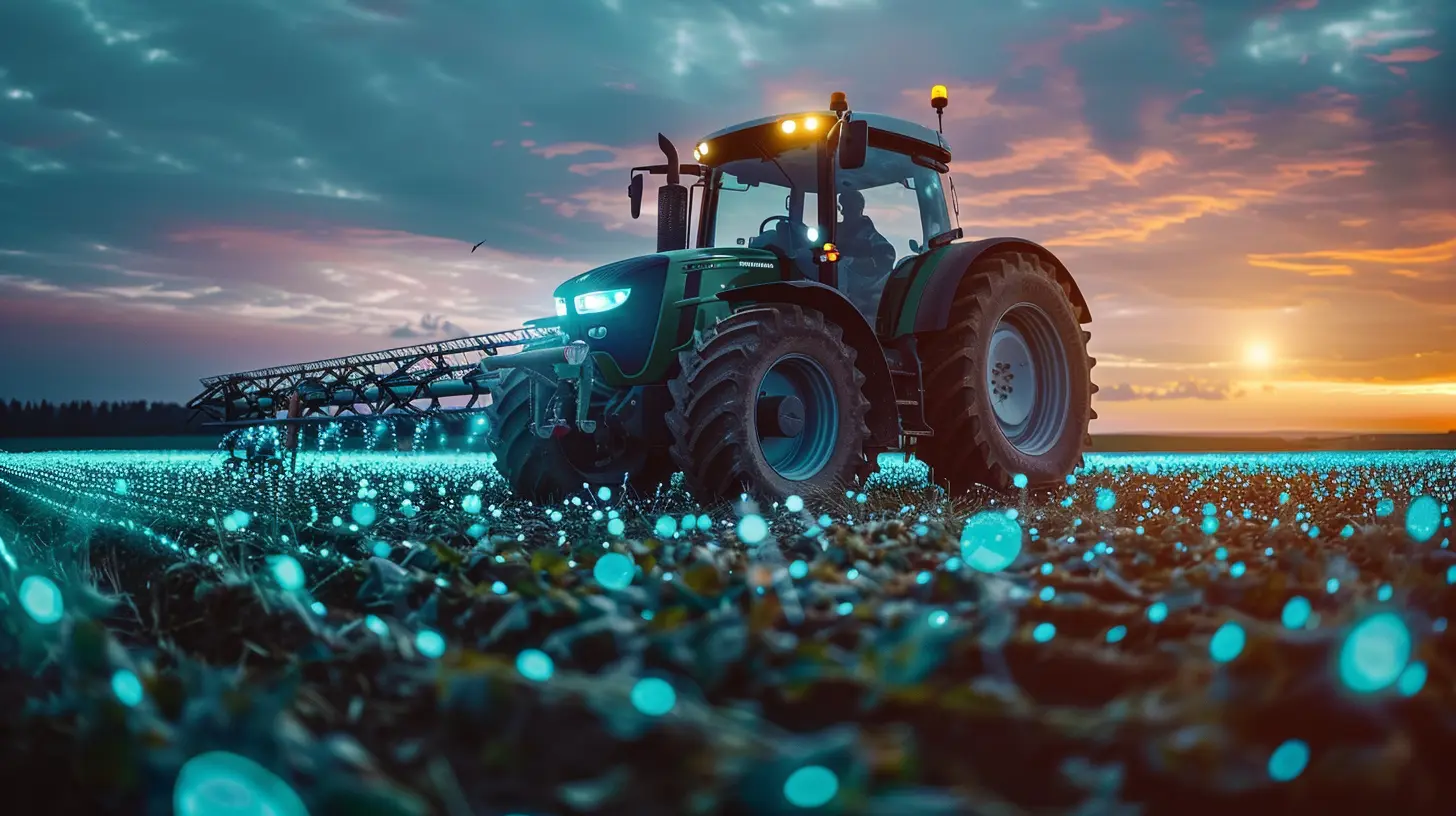
Understanding IoT in Agriculture
Before we dive in, let's clarify what IoT means in an agricultural context. The Internet of Things (IoT) refers to a network of connected devices that collect and exchange data to automate operations. These devices use sensors, wireless networks, and cloud computing to process information in real-time.In agriculture, IoT plays a fundamental role in monitoring soil conditions, managing irrigation, tracking livestock, and even predicting weather changes. The fusion of farming and IoT—often called "Smart Agriculture"—is revolutionizing traditional farming practices to meet the demands of a growing global population.
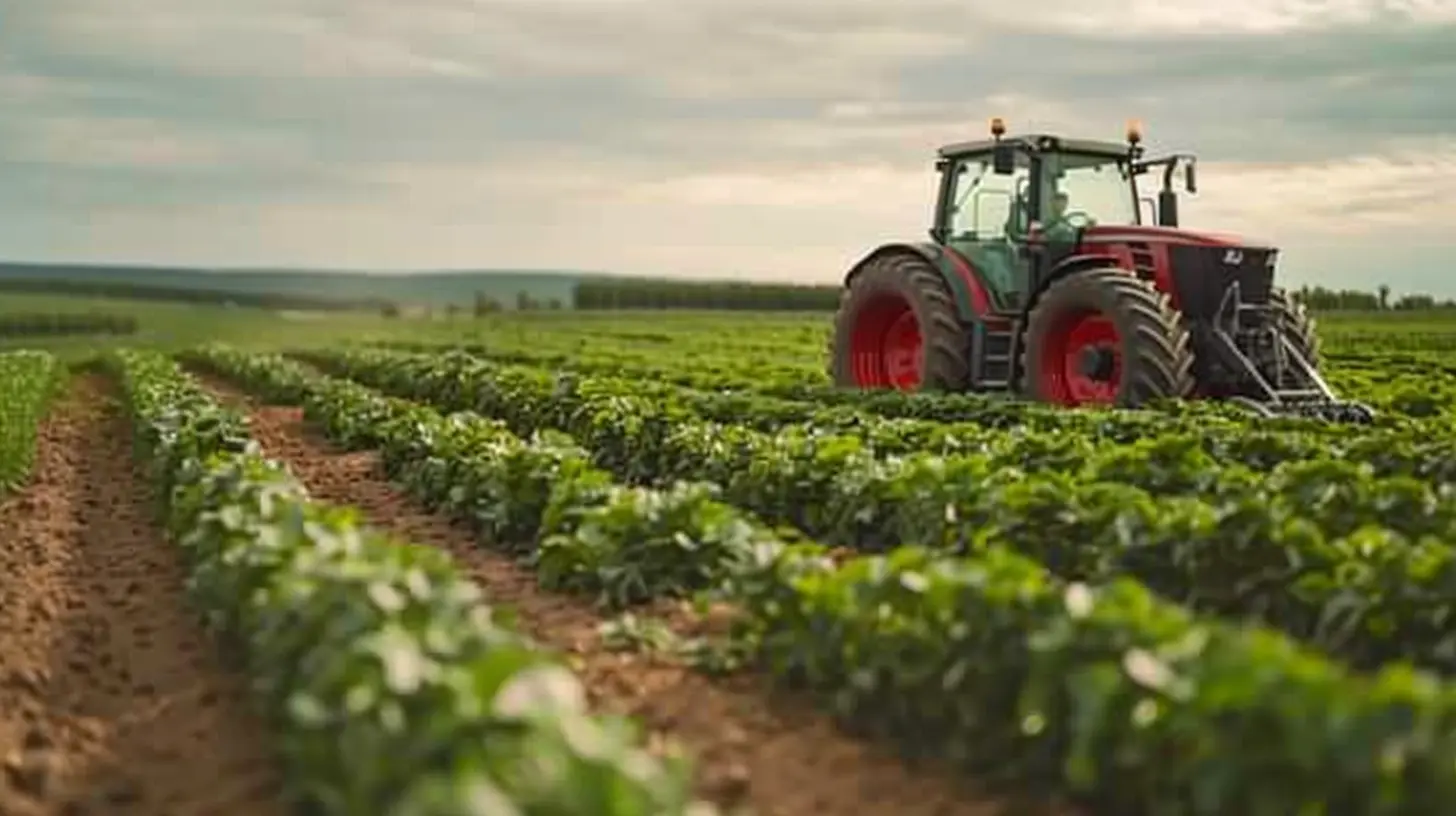
How IoT is Reshaping Agriculture
1. Precision Farming: Making Every Drop and Seed Count
Precision farming is all about using data-driven technology to maximize crop yields while minimizing resource waste. IoT devices play a crucial role in this by providing real-time insights into soil conditions, weather patterns, and crop health.How IoT Helps in Precision Farming
- Soil Monitoring Sensors – These sensors provide continuous updates on soil moisture, temperature, and nutrient levels. Farmers can use this data to adjust irrigation and fertilizer application with pinpoint accuracy.- GPS-Enabled Farm Equipment – Tractors and drones with GPS capabilities help farmers automate seeding, fertilization, and harvesting, reducing human error and increasing efficiency.
- Variable Rate Technology (VRT) – IoT-powered machines can apply fertilizers and pesticides in precise amounts, reducing waste and preventing overuse of chemicals.
2. Smart Irrigation Systems: Water Conservation at Its Best
Water is one of the most critical resources in farming, and traditional irrigation methods often lead to wastage. Enter IoT-powered smart irrigation systems—designed to optimize water usage based on real-time data.How Smart Irrigation Works
- Sensors placed in the soil detect moisture levels and automatically adjust water supply.- IoT-enabled irrigation controllers only activate sprinklers when necessary, preventing overwatering.
- Farmers can remotely control irrigation systems using smartphones, ensuring crops receive adequate hydration even when they're miles away.
Not only do these smart irrigation systems save water, but they also improve crop health by preventing root diseases caused by excessive moisture.
3. Livestock Monitoring for Better Health & Productivity
IoT isn't just transforming crops—it’s making livestock management more efficient too. Connected wearables and sensors are giving farmers deeper insights into animal health and activity.Key IoT Applications in Livestock Monitoring
- Wearable Health Trackers – Sensors attached to animals monitor their body temperature, heart rate, and movement, helping farmers detect illnesses early.- Smart Feeding Systems – IoT-powered feeders ensure livestock receive the right amount of nutrition at the right time, optimizing growth and milk production.
- GPS Tracking for Grazing Animals – Farmers can track the location of grazing animals, reducing the risks of theft and loss.
With these advancements, farmers can take preventive actions before diseases spread, reducing losses and ensuring healthier livestock.
4. Automated Machinery: The Rise of Smart Farm Equipment
Imagine a farm where tractors, harvesters, and plows run without a driver. Sounds futuristic? Well, it’s already happening! Autonomous farm machinery powered by IoT and AI is reducing labor costs and increasing efficiency.These self-driving machines are equipped with advanced sensors, GPS, and AI-powered algorithms, allowing them to:
- Plant seeds with precision to maximize yield and reduce waste.
- Harvest crops efficiently, cutting down time and manual effort.
- Detect weeds and pests, applying pesticides only where needed.
By reducing reliance on human intervention, automated farm equipment is making large-scale farming more cost-effective and sustainable.
5. Pest and Disease Detection: Preventing Outbreaks Before They Happen
Crop diseases and pest infestations can wipe out entire harvests if not detected in time. IoT-based pest and disease detection tools are helping farmers take proactive steps to prevent such disasters.How it Works
- Camera-equipped drones fly over fields, capturing high-resolution images of crops. AI algorithms analyze these images to detect early signs of disease or pest infestations.- Smart traps with IoT sensors monitor pest populations, giving farmers real-time updates on potential outbreaks.
- Automated pesticide sprayers target infected areas, reducing chemical use and preventing resistance buildup in pests.
By catching problems early, IoT helps farmers minimize crop loss and improve food security.
6. Supply Chain Optimization: Smarter Farm-to-Market Process
Agriculture doesn’t end with harvesting. The supply chain—from storage to transportation—plays a vital role in delivering fresh produce to consumers. IoT technologies are streamlining this process.IoT in Agricultural Supply Chains
- Smart Storage Systems – IoT sensors monitor temperature and humidity in storage facilities, preventing spoilage.- RFID and GPS Tracking – These technologies help track the movement of crops from farm to market, ensuring quality and reducing delays.
- Blockchain Integration – Some farms are using IoT with blockchain to improve transparency in the food supply chain, allowing consumers to trace their food’s journey from farm to table.
With real-time tracking and automation, farming operations become more efficient, reducing waste and costs.
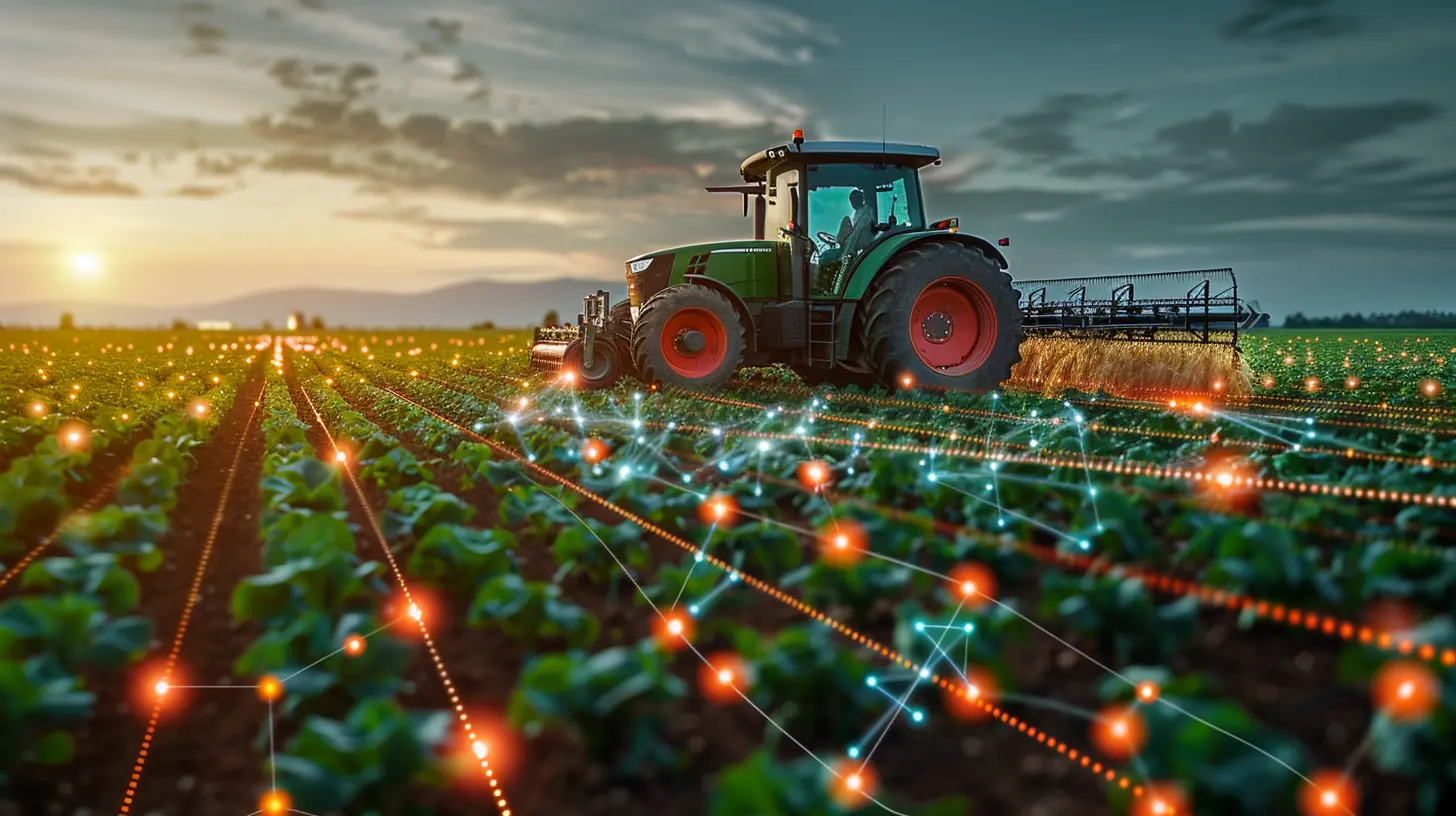
Benefits of IoT in Agriculture
IoT isn't just a fancy tech upgrade—it’s a game-changer for farmers worldwide. Here are some of the biggest benefits:✅ Increased Productivity – Automated processes save time and ensure better resource utilization.
✅ Reduced Costs – Smart irrigation and precision farming cut input costs like water, fertilizers, and pesticides.
✅ Better Decision-Making – Real-time data allows farmers to make informed, data-driven choices.
✅ Sustainability – IoT promotes eco-friendly practices, reducing waste and conserving resources.
✅ Higher Profit Margins – With improved efficiency and reduced losses, farmers can maximize profits.
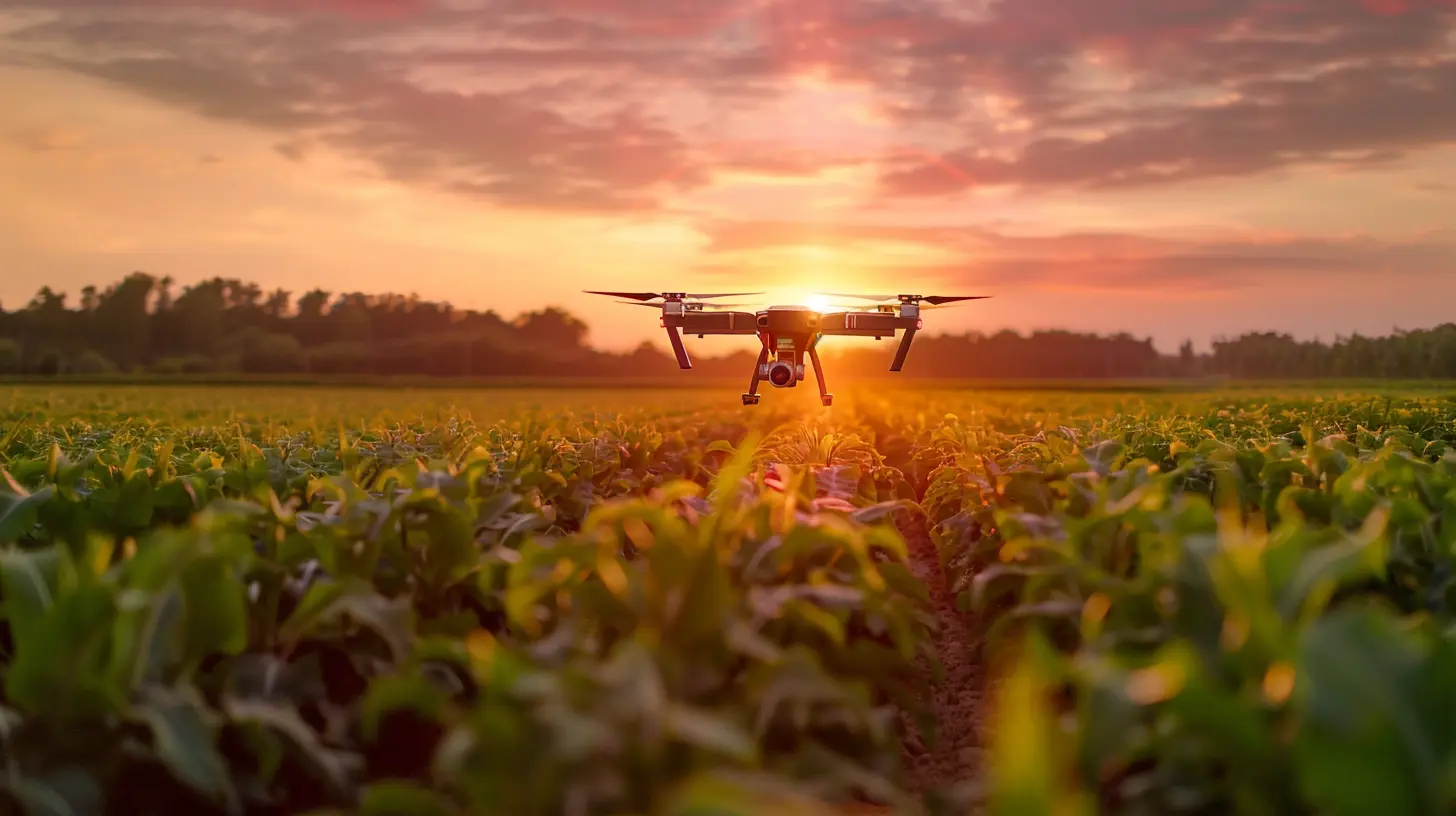
Challenges of Implementing IoT in Farming
While IoT holds enormous potential, it’s not without its challenges.🔴 High Initial Costs – Smart farming equipment and IoT sensors can be expensive for small-scale farmers.
🔴 Connectivity Issues – Many rural farms lack stable internet connectivity, limiting IoT adoption.
🔴 Data Security Concerns – With more devices online, farms become vulnerable to cyber-attacks.
🔴 Technical Knowledge Gap – Farmers need proper training to utilize IoT tools effectively.
However, as technology becomes more affordable and accessible, these barriers are gradually diminishing.
The Future of IoT in Agriculture
The fusion of IoT and agriculture is just getting started. With the rise of Artificial Intelligence (AI), Machine Learning (ML), and 5G connectivity, we can expect even smarter solutions ahead.In the coming years, we might see:
- Fully automated farms run by AI-driven robots.
- Hyper-accurate weather prediction models powered by IoT and AI.
- More sustainable and eco-friendly farming practices integrated with IoT.
With these advancements, the future of farming looks more promising than ever. Agriculture will no longer be just about manual labor—it will be a high-tech industry driven by data and automation.
Final Thoughts
IoT is revolutionizing agriculture, turning traditional farming into a data-driven, highly efficient enterprise. From precision farming to smart irrigation, automated machinery, and livestock monitoring, connected devices are making farming smarter and more productive.While challenges remain, the benefits far outweigh the drawbacks. As IoT technology continues to evolve, we’re moving toward a future where farming is more efficient, sustainable, and profitable than ever before. And that’s not just good news for farmers—it’s great news for the entire world.
all images in this post were generated using AI tools
Category:
Iot DevicesAuthor:

Gabriel Sullivan
Discussion
rate this article
1 comments
Nicole Morgan
Who knew farming could be so tech-savvy? With IoT devices in the fields, even corn is getting smarter! Here’s to a future where veggies are more connected than we are!
October 20, 2025 at 11:30 AM

Gabriel Sullivan
Absolutely! It's exciting to see how IoT is transforming agriculture, making it more efficient and connected. Cheers to a tech-savvy future in farming!
